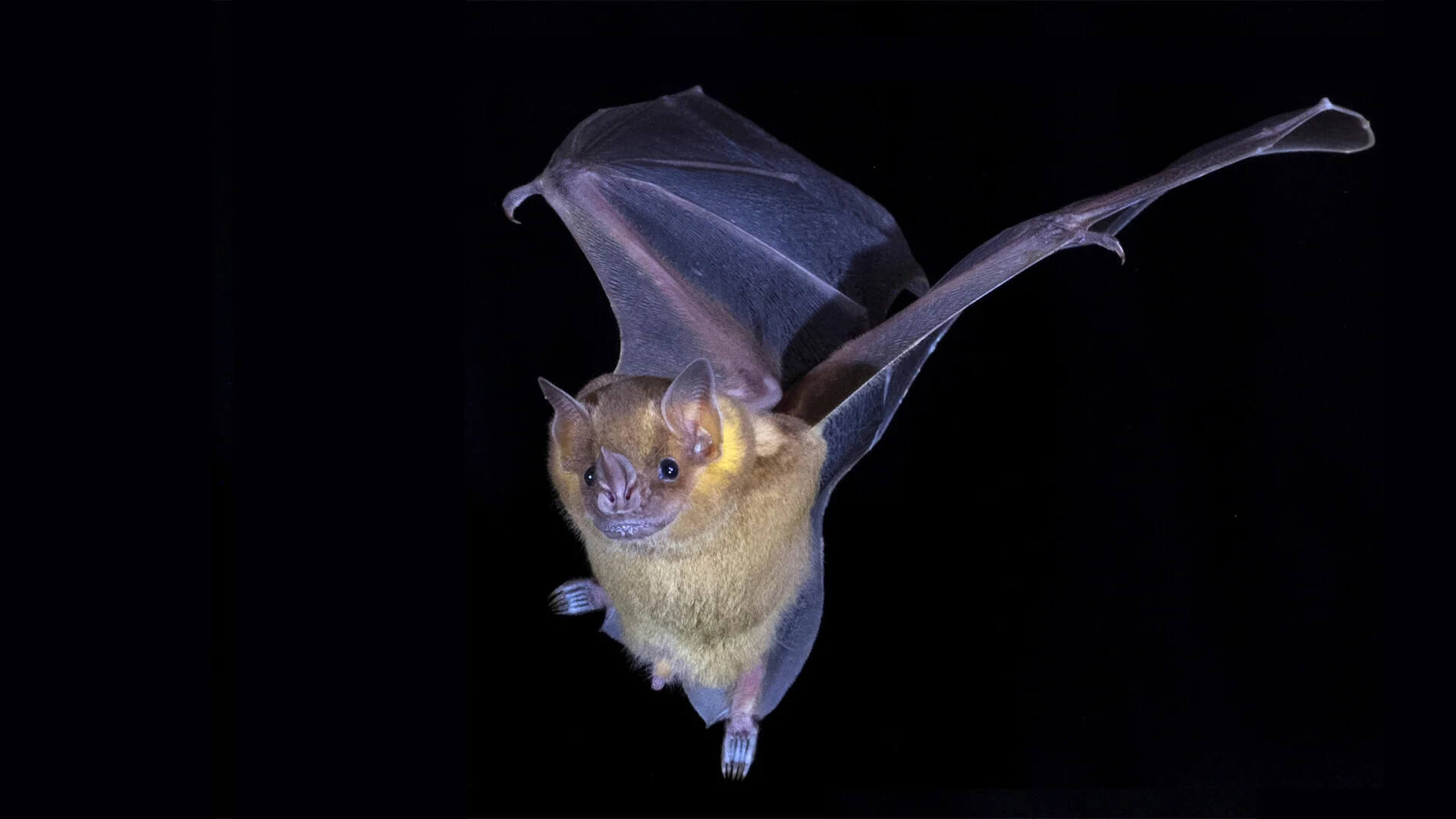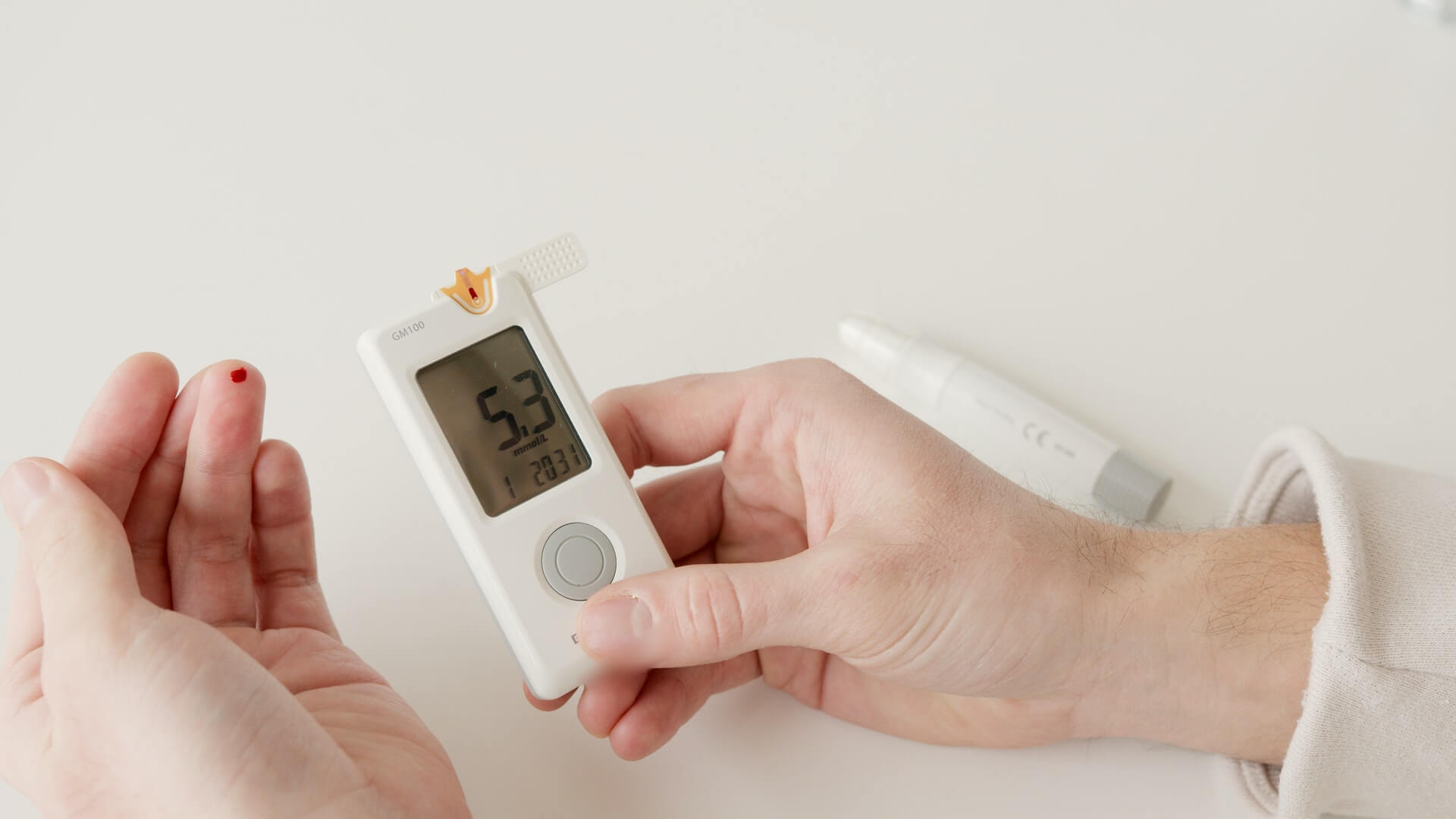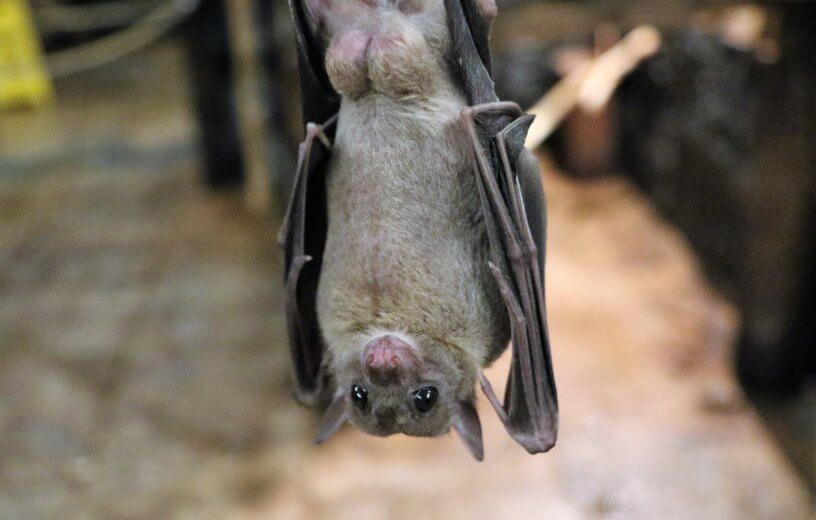SAN FRANCISCO — Fruit bats may hold the key to curing diabetes, according to a new study. Although a high-sugar diet in humans can lead to diabetes, obesity, and even cancer, fruit bats not only survive but also thrive while eating these foods, consuming up to twice their body weight in sugary fruit daily.
Researchers from the University of California-San Francisco (UCSF) are investigating how these remarkable bats have evolved to consume such large amounts of sugar and whether this ability can be applied to help diabetic humans.
“For me, bats are like superheroes, each one with an amazing super power, whether it is echolocation, flying, blood sucking without coagulation, or eating fruit and not getting diabetes,” says Nadav Ahituv, PhD, director of the UCSF Institute for Human Genetics and co-senior author of the paper, in a university release.
“With diabetes, the human body can’t produce or detect insulin, leading to problems controlling blood sugar,” Dr. Ahituv continues. “But fruit bats have a genetic system that controls blood sugar without fail. We’d like to learn from that system to make better insulin- or sugar-sensing therapies for people.”
“This kind of work is just the beginning.”

To determine how these bats consume large amounts of sugar without adverse effects, Dr. Ahituv’s team concentrated on evolutionary adaptations in the bat’s pancreas and kidneys. The pancreas, which regulates blood sugar, possesses additional insulin-producing cells in fruit bats, along with genetic modifications that aid in processing this immense sugar intake. Furthermore, their kidneys have evolved to efficiently retain electrolytes.
“Even small changes, to single letters of DNA, make this diet viable for fruit bats,” says Wei Gordon, PhD, the co-first author of the paper, a recent graduate of UCSF’s TETRAD program, and assistant professor of biology at Menlo College. “We need to understand high-sugar metabolism like this to make progress helping the one in three Americans who are prediabetic.”

The team’s findings, published in the journal Nature Communications, were the result of a collaboration with scientists from various institutions, including Yonsei University in Korea and the American Museum of Natural History in New York City.
To identify specific adaptations, they compared the Jamaican fruit bat, which feeds on fruit, to the big brown bat, an eater of insects. This comparison revealed that the fruit bat’s DNA has evolved to selectively activate and deactivate genes relevant to fruit metabolism.
“The organization of the DNA around the insulin and glucagon genes was very clearly different between the two bat species,” Gordon adds. “The DNA around genes used to be considered ‘junk,’ but our data shows that this regulatory DNA likely helps fruit bats react to sudden increases or decreases in blood sugar.”
“It’s remarkable to step back from model organisms, like the laboratory mouse, and discover possible solutions for human health crises out in nature,” Gordon concludes. “Bats have figured it out, and it’s all in their DNA, the result of natural selection.”
You might also be interested in:
- Hungry for lovin’: Male fruit bats trade food for sex, study finds
- FDA-approved diabetes drugs regenerate insulin production within 2 days
- Super immunity in bats may pave the way for COVID and cancer cures!
